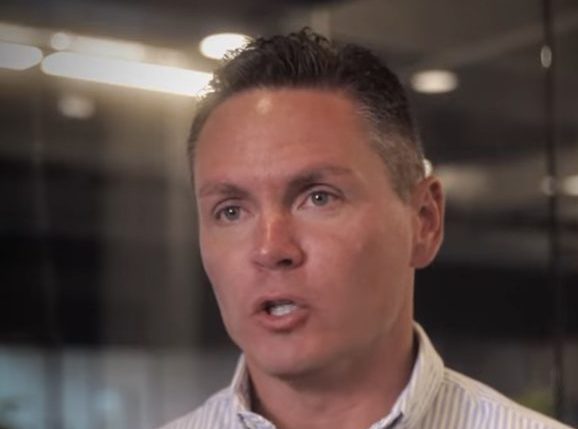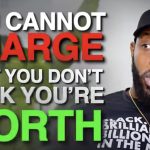The Final Tests of Healing
Life has an interesting way of testing our growth. Just when you think you’ve moved beyond a particular wound, a situation arises that would have previously triggered your old patterns. These moments aren’t coincidences; they’re opportunities to prove your healing to yourself.
I’ve noticed that these tests often come in threes, almost as if the universe is saying, “Are you sure? Are you really sure? Are you absolutely certain?” When the same trigger appears and you don’t take the bait—when you remain conscious instead of reactive—you’ve passed the test.
This is how healing confirms itself, not through affirmations or intentions, but through changed responses in real-life situations. The evidence becomes visible in how you navigate relationships, handle stress, and respond to triggers that once would have sent you spiraling.
From Definition to Fact
One of the clearest signs of healing is when your painful past transitions from being something that defines you to simply being something that happened to you. The events don’t change, but your relationship to them transforms completely.
I remember working with a client who had experienced severe childhood trauma. For decades, this trauma formed the core of her identity. Every decision, relationship, and belief was filtered through this painful lens. Our work together wasn’t about erasing these experiences but changing how they lived within her.
Months later, she called me with excitement in her voice. “I just realized I talked about my childhood for twenty minutes with a new friend, and my hands weren’t shaking. My heart wasn’t racing. I was just telling a story.”
This is what healing looks like:
- You can recall painful memories without physical stress responses
- Your mind stays present rather than spiraling into anxiety or depression
- You no longer need others to validate your pain
- The story remains, but the emotional charge has neutralized
When you reach this stage, something remarkable happens. The very experiences that once threatened to destroy you become resources for helping others.
The Transformation of Pain
Pain follows a natural progression when we allow it to complete its work. First, it teaches us—about ourselves, about resilience, about what matters. Then, if we’re willing to be vulnerable, it teaches through us.
I’ve watched people transform their deepest wounds into their most powerful contributions. The parent who has lost a child becomes a grief counselor. The recovered addict becomes a sponsor. The survivor of abuse becomes an advocate for change.
This transformation doesn’t happen automatically. It requires conscious choice—a willingness to revisit painful territory not for your own healing anymore, but for the healing of others. When your story becomes a bridge rather than a barrier, you know your healing has come full circle.
The Quiet Revolution
True healing changes everything, often in ways too subtle for others to immediately notice. You may still appear the same on the outside, but your internal landscape has undergone a profound transformation.
You’ll find yourself responding rather than reacting. You’ll notice space between triggers and your responses—space that allows for choice. You’ll feel a newfound lightness, not because the past has been erased, but because it no longer weighs you down.
This is the paradox of healing: your past remains part of your story, but it’s no longer the author of your future. You’ve reclaimed the pen. You’ve become the writer of your own life.
And perhaps most beautifully, you discover that your pain wasn’t meaningless after all. It was preparing you, not just to heal yourself, but to become a healer for others walking similar paths. Your wounds become wisdom. Your scars become maps that guide others home.
Frequently Asked Questions
Q: How can I tell if I’m making progress in my healing journey?
Progress often shows up in small ways before significant transformations occur. Notice if you’re able to sit with difficult emotions longer before reacting, if you’re developing more self-compassion, or if you’re beginning to recognize patterns that weren’t visible before. Healing isn’t linear, but these subtle shifts indicate movement in the right direction.
Q: Is it normal to feel like I’ve healed and then get triggered again?
Absolutely. Healing isn’t a destination but a continuous process. Even after significant healing, you may encounter new layers of the same wound or face particularly challenging triggers. What matters isn’t that you never get triggered again, but that you recover more quickly and respond more consciously when triggers arise.
Q: How do I know when I’m ready to use my pain to help others?
You’re ready when you can share your story without seeking validation, when your motivation comes from a genuine desire to serve rather than to fix yourself, and when you have enough emotional stability to hold space for others without becoming depleted. Your wounds should be transformed into scars—still visible but no longer bleeding—before you guide others through similar terrain.
Q: Can some wounds never fully heal?
Some wounds leave permanent marks on our lives, but even the deepest wounds can reach a place of integration where they no longer control our present. Complete healing doesn’t mean complete forgetting or the absence of any pain when remembering. It implies the wound no longer limits your capacity for joy, connection, and forward movement in life.
Q: What if I feel stuck in my healing process?
Feeling stuck often signals that you’re approaching a significant breakthrough or that you need additional support. Consider working with a therapist or healing practitioner who specializes in your specific type of wound. Sometimes we need different approaches at different stages of healing. Remember that resistance and plateaus are normal parts of the healing journey, not signs of failure.







